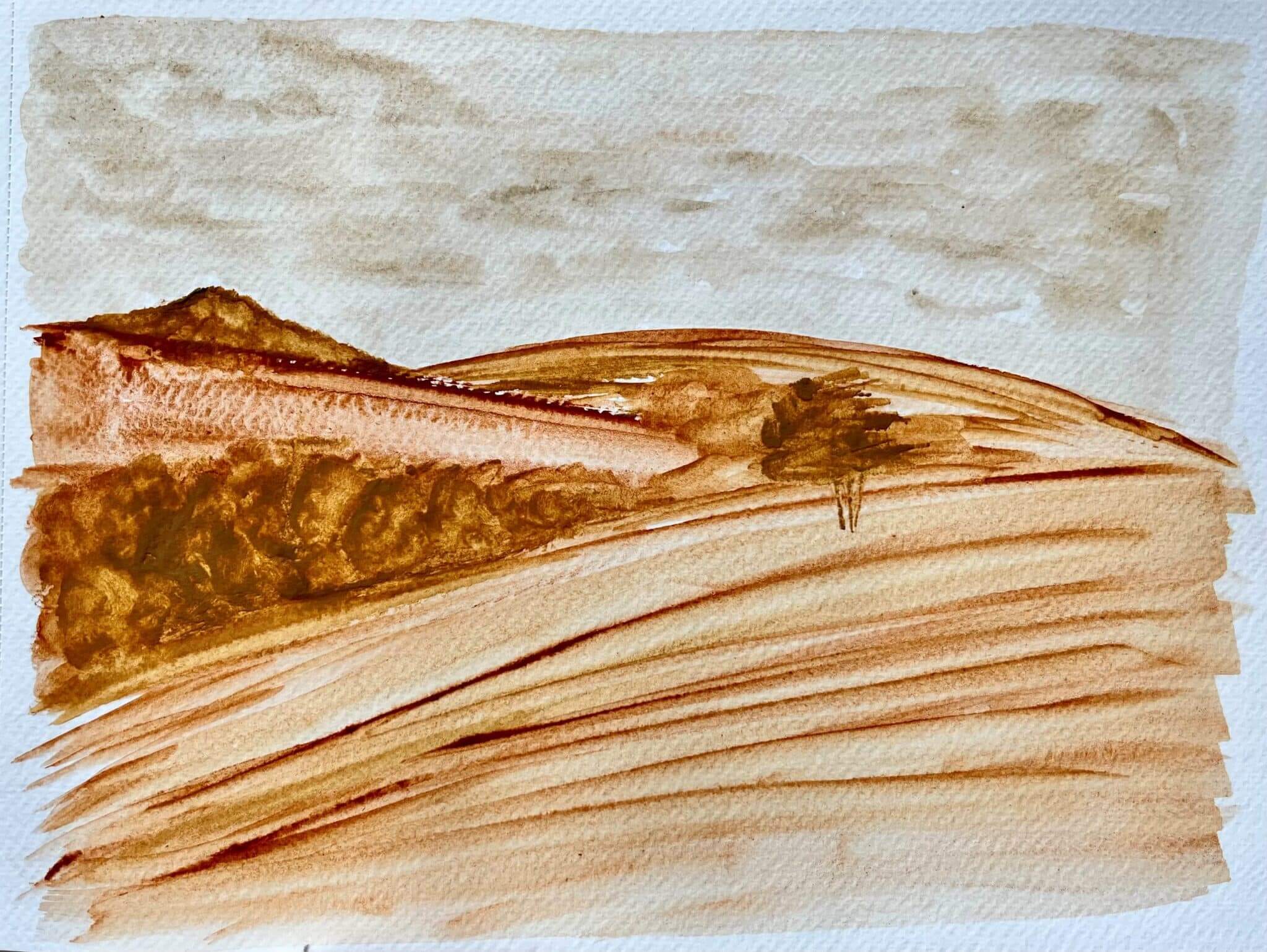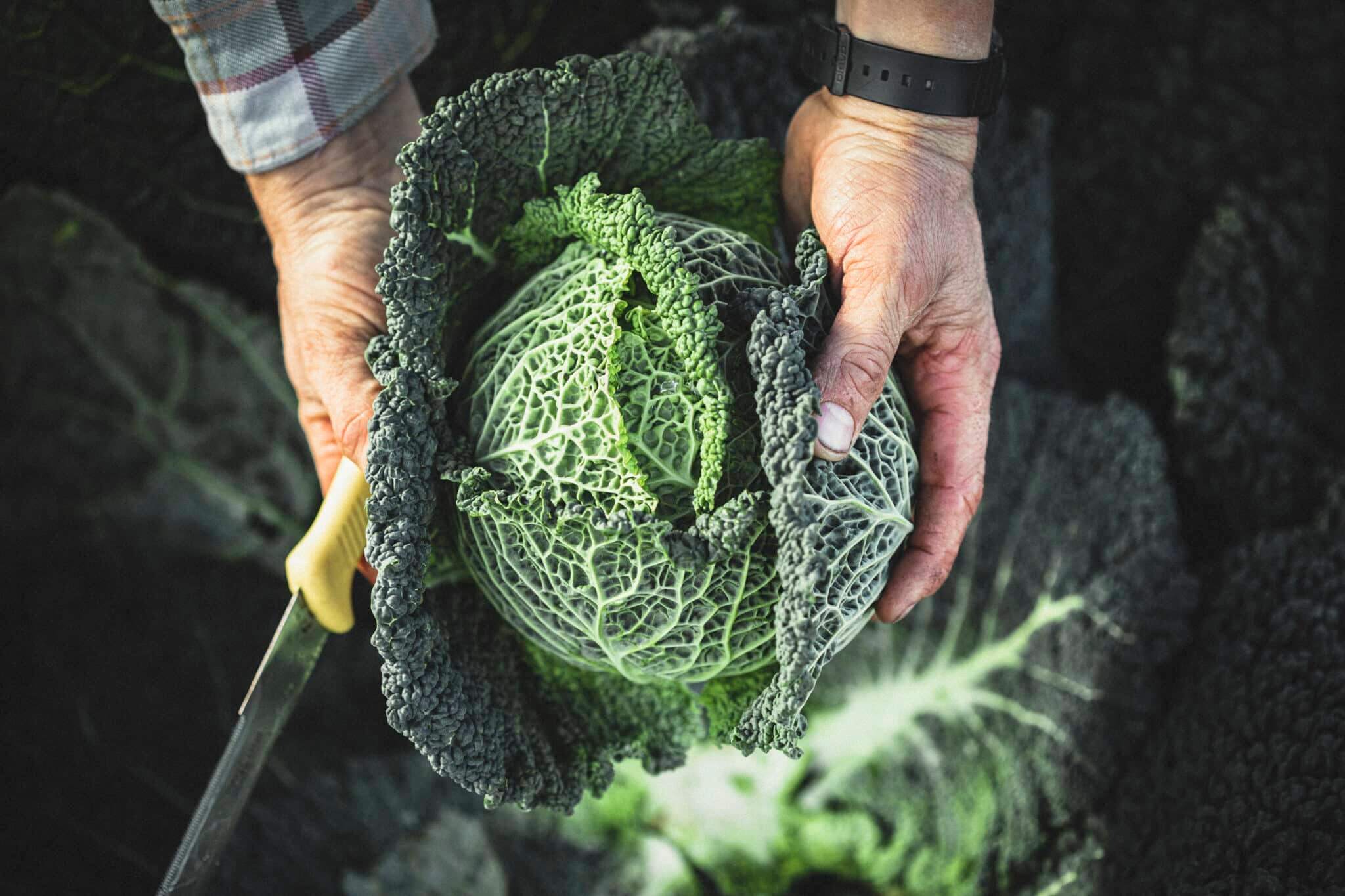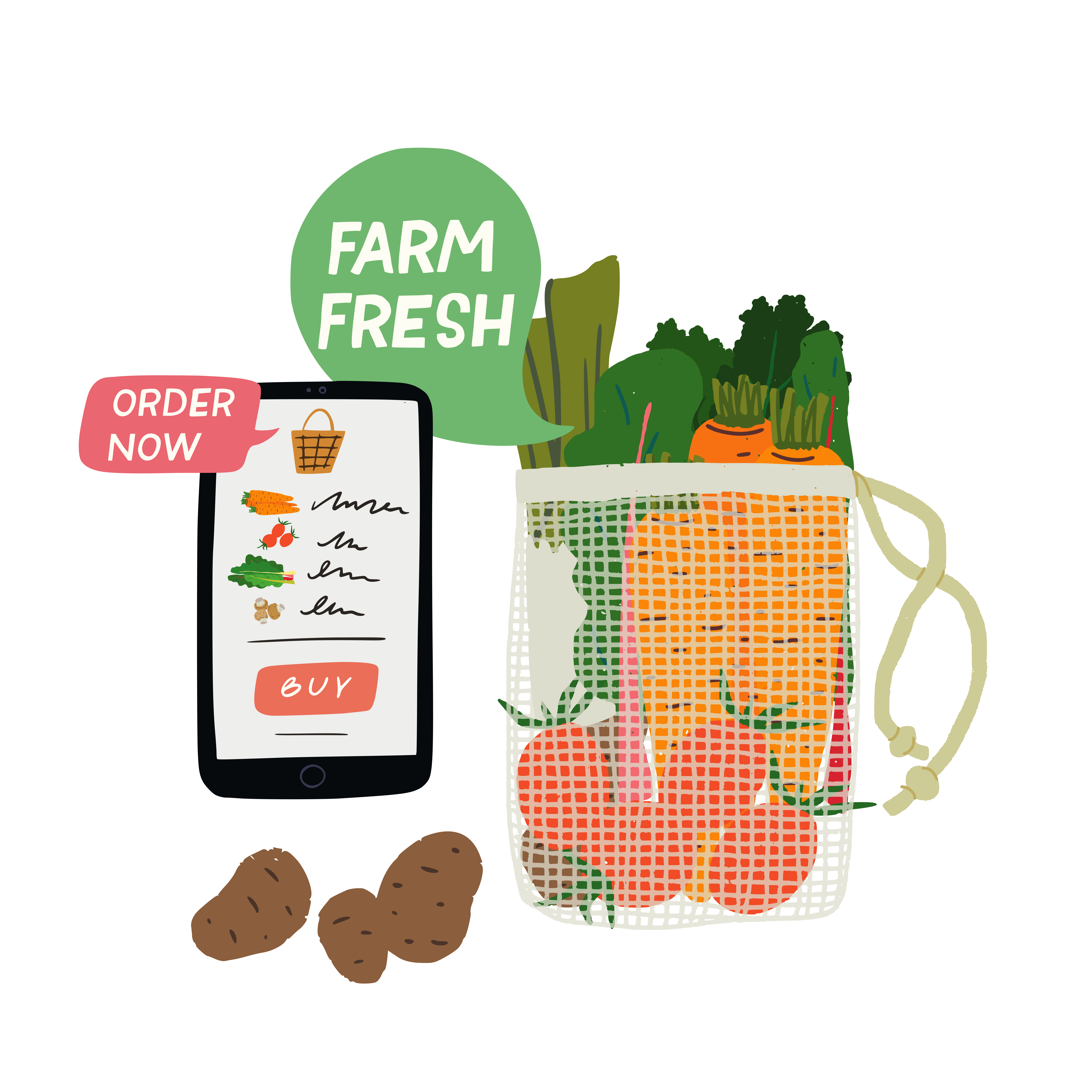If I asked you to think about painting a picture, you might think about brightly coloured tubes of acrylic or palettes of watercolour, but there’s a whole world of pigments right beneath our feet.
Foraging the land to make paints is all too often overlooked, by myself included, but the natural world provides us with an endless supply – from the rocks, clay and the soil that we walk on every day.
I started on the path of creating natural art supplies during the first lockdown while studying for my MA in fine art. My line of artistic enquiry was about our lost connection to nature, and while we might often paint a tree, how often do we sit with a tree, talk to a tree, and cultivate a relationship with a tree?
You might think I am a bit mad – my tutor certainly did – but I think there’s a profound truth in this deeper connection and we all need to do more of it.

One of the many things I learned about the tulip tree is that the leaves offer up a golden dye. I ended up making a natural dye for wool and cotton canvas using the leaves and it set me on a path of further enquiry into botanical inks.
However, it wasn’t until I went on one of Caroline Ross’s foraged paint classes recently that I realised that colour can also come from the earth itself. The very land on which we live provides us with a colour palette that’s unique to that area.

I have since collected various pigments including iron, clay and terracotta from one of Riverford farm’s new wildlife ponds and some interesting, coloured pebbles from my local Devon beach.
Foraging for pigments from the earth can help to give us a much greater sense of connection to land and farming, particularly in a time when many people have lost any sense of connection to the food they eat and the land from where it came.
The process of creating paint from foraged earth is certainly more intensive than ordering a palette from an art supplier, made in turn from unsustainable oil-based products. It is also far more beautiful, and the joy comes from leaning in more deeply to the land in which you live and creating directly with it. As Ross says: “The earth is alive and we are part of it.”













Fantastic. I love the grounded authenticity with which you celebrate your connection to this artist-earth by letting its own mineral voice sing out. The Pleistocene cave painters– many of them women– would have collected their paints and dyes as they foraged for food plants. That vibrant reliance on and kinship with the earth came through clearly in the life-filled images they left for us.
Where can we find more of your work?